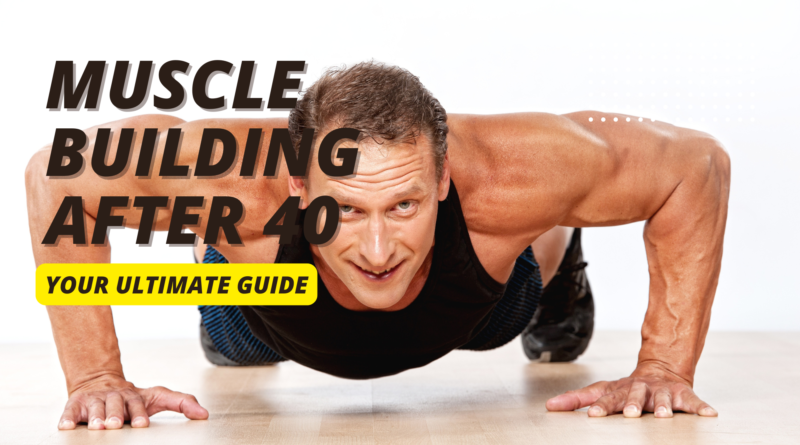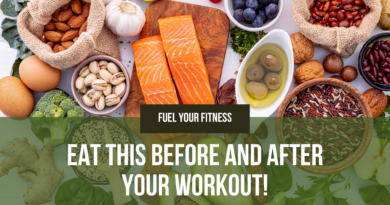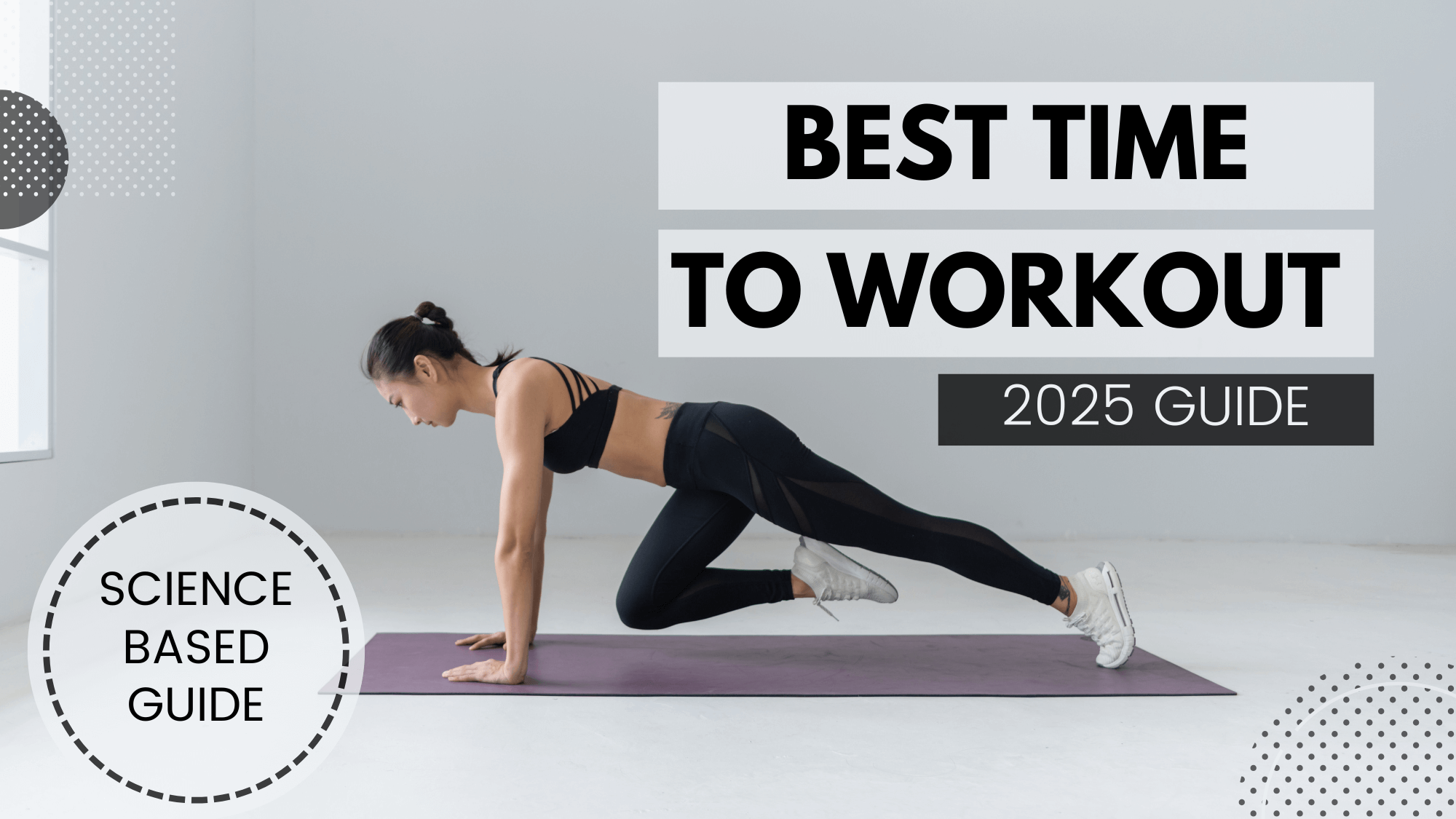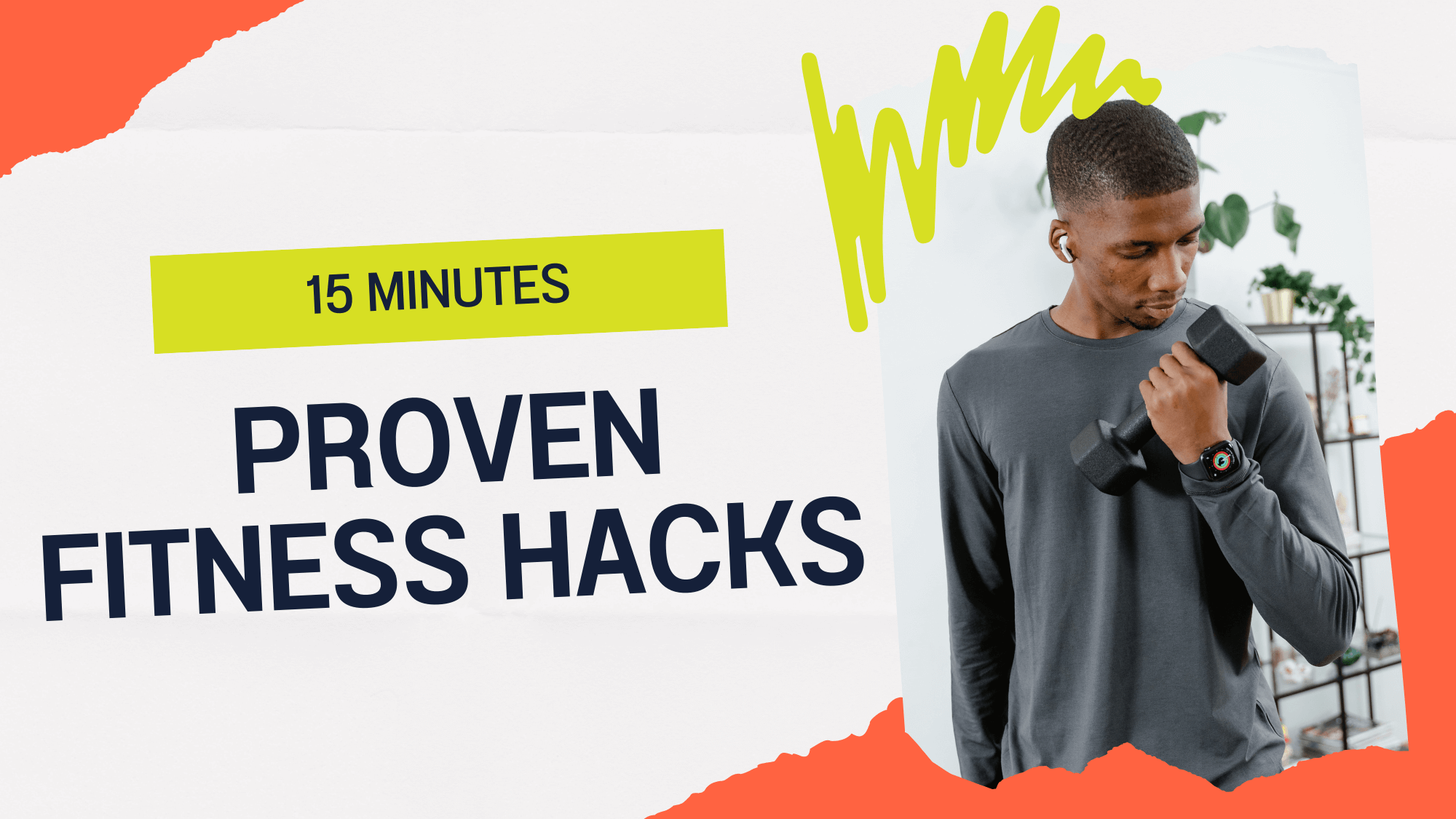Can You Build Muscle After 40? Complete Guide
Building muscle after 40 might seem like an uphill battle, but here’s the good news: it’s absolutely achievable! In this comprehensive guide, we’ll break down everything you need to know about building muscle in your 40s and beyond. Whether you’re a complete beginner or getting back into fitness, this article will show you exactly how to approach muscle building in your mature years.
Understanding Muscle Building After 40
Let’s face it – hitting the big 4-0 comes with some changes. Your body doesn’t bounce back like it used to, and those late-night gym sessions might need a bit more recovery time. But here’s what most people don’t tell you: building muscle after 40 isn’t just possible – it can be one of the best decisions you’ll make for your health.
Think of your body as a well-used machine. Sure, it might need some extra maintenance, but with the right approach, it can still perform incredibly well. The key is understanding how your body has changed and adapting your strategy accordingly.
The Science Behind Aging and Muscle Growth
Before diving into the “how,” let’s understand the “why.” After 40, your body experiences several natural changes:
Hormonal Changes
- Testosterone levels gradually decline (about 1-2% per year)
- Growth hormone production decreases
- Recovery time increases
Muscle Biology
- Muscle protein synthesis slows down
- Sarcopenia (age-related muscle loss) becomes a factor
- Cell repair takes longer
But here’s the exciting part: research shows that resistance training can significantly slow down and even reverse some of these age-related changes. Your muscles don’t lose their ability to grow – they just need a more strategic approach.
Key Benefits of Building Muscle After 40
Building muscle at this age isn’t just about looking good (though that’s a great bonus!). Here are some compelling reasons to start:
Improved Metabolic Health
- Higher resting metabolic rate
- Better insulin sensitivity
- Easier weight management
Enhanced Quality of Life
- Stronger bones and reduced osteoporosis risk
- Better balance and coordination
- Reduced risk of falls and injuries
Mental Health Benefits
- Increased confidence
- Reduced anxiety and depression
- Better stress management
- Improved cognitive function
Essential Guidelines for Success
Now, let’s get into the practical stuff. Here’s your roadmap to success:
- Start Where You Are
Don’t compare yourself to your 25-year-old self or anyone else. Your journey is unique, and progress comes from working with your current abilities. - Focus on Form
Perfect form isn’t just a suggestion – it’s mandatory. This prevents injuries and ensures maximum muscle engagement. - Progressive Overload
Gradually increase weights or resistance over time, but do it more conservatively than younger lifters might. - Listen to Your Body
Pain isn’t gain after 40. Learn to distinguish between good muscle fatigue and potential injury signals.
Nutrition Strategy for Muscle Growth
Your nutrition needs special attention after 40. Here’s what to focus on:
Protein Intake
- Aim for 1.6-2.0 grams per kilogram of body weight
- Spread protein intake throughout the day
- Focus on high-quality sources like:
- Lean meats
- Fish
- Eggs
- Greek yogurt
- Plant-based options (legumes, quinoa)
Caloric Needs
- Calculate your maintenance calories
- Add 10-15% for muscle growth
- Monitor and adjust based on results
Nutrient Timing
- Pre-workout nutrition (1-2 hours before)
- Post-workout recovery meals
- Regular protein feedings every 3-4 hours
Hydration
- Minimum 3 liters of water daily
- More during workout days
- Monitor urine color for hydration status
Workout Plans and Exercises
Your workout plan needs to be smart and sustainable. Here’s a proven approach:
Training Frequency
- 3-4 sessions per week
- Allow 48 hours between training similar muscle groups
- Focus on full-body workouts or upper/lower splits
Essential Exercises
Core Movements:
- Squats (regular or modified)
- Deadlifts (traditional or Romanian)
- Bench Press (barbell or dumbbell)
- Rows
- Overhead Press
- Pull-ups or assisted variations
Sample Weekly Split:
Monday: Full Body Workout A
- Squats: 3 sets of 8-12 reps
- Bench Press: 3 sets of 8-12 reps
- Rows: 3 sets of 10-15 reps
- Shoulder Press: 3 sets of 10-12 reps
- Planks: 3 sets of 30-45 seconds
Wednesday: Full Body Workout B
- Deadlifts: 3 sets of 8-12 reps
- Incline Press: 3 sets of 10-12 reps
- Pull-ups/Lat Pulldowns: 3 sets of 10-15 reps
- Lunges: 3 sets of 12 per leg
- Core Work: 3 sets of chosen exercises
Friday: Full Body Workout C
- Romanian Deadlifts: 3 sets of 10-12 reps
- Push-ups: 3 sets of max reps
- Face Pulls: 3 sets of 15-20 reps
- Leg Press: 3 sets of 12-15 reps
- Mobility Work: 10-15 minutes
Recovery and Injury Prevention
Recovery becomes crucial after 40. Here’s how to optimize it:
1. Sleep
- Aim for 7-9 hours per night
- Maintain consistent sleep schedule
- Create a relaxing bedtime routine
2. Mobility Work
- Daily stretching routine
- Regular foam rolling
- Yoga or mobility-specific exercises
3. Active Recovery
- Light walking on rest days
- Swimming
- Gentle cycling
- Dynamic stretching
4. Stress Management
- Meditation
- Deep breathing exercises
- Regular massage
- Adequate downtime
Supplements Worth Considering
While whole foods should be your primary focus, certain supplements can help:
1. Essential Supplements
- Whey or plant-based protein powder
- Vitamin D3
- Omega-3 fatty acids
- Multivitamin
2. Optional Supplements
- Creatine monohydrate
- Joint support supplements
- BCAAs
- Magnesium
3. Timing and Usage
- Pre-workout nutrition
- Post-workout recovery
- Daily maintenance
Success Stories and Tips
Let’s look at some real-world examples:
John, 45: “Started with basic movements, focused on form, and gradually increased weights. Lost 30 pounds and gained visible muscle in 8 months.”
Sarah, 42: “Combined weight training with proper nutrition. Improved bone density and gained strength without bulk.”
Common Success Factors:
- Consistency over intensity
- Patient progression
- Focus on recovery
- Proper nutritionments to program
Maintaining Motivation
Staying motivated is crucial. Here are effective strategies:
1. Set Realistic Goals
- Short-term achievements
- Long-term vision
- Regular progress checks
2. Track Progress
- Take photos
- Keep a workout log
- Record measurements
- Note strength gains
3. Find Support
- Join fitness groups
- Work with a trainer
- Find workout partners
- Share goals with family
Common Mistakes to Avoid
Learn from others’ experiences:
1. Training Mistakes
- Lifting too heavy too soon
- Neglecting form for weight
- Insufficient recovery time
- Inconsistent training
2. Nutrition Mistakes
- Inadequate protein intake
- Poor hydration
- Crash dieting
- Insufficient calories
3. Mindset Mistakes
- Comparing to younger lifters
- Expecting quick results
- Ignoring body signals
- Not adjusting programs
Looking Ahead
Remember, building muscle after 40 is a marathon, not a sprint. Focus on:
1. Sustainable Progress
- Regular program updates
- Continuous education
- Adaptation to changing needs
2. Long-term Health
- Balance fitness goals with life
- Maintain flexibility
- Keep activities enjoyable
3. Community Connection
- Share experiences
- Learn from others
- Inspire peers
FAQs About Building Muscle After 40
Q: How long does it take to see results?
A: With consistent training and proper nutrition, you can start seeing noticeable changes in 8-12 weeks, though significant muscle gains typically take 6-12 months.
Q: Should I avoid heavy weights after 40?
A: No, but you should progress more gradually and focus on perfect form. Start with moderate weights and increase slowly.
Q: How often should I train each muscle group?
A: 2-3 times per week is optimal, with adequate rest between sessions (48-72 hours).
Q: Is it too late to start if I’ve never lifted before?
A: Absolutely not! Many successful lifters started after 40. The key is starting safely and progressing gradually.
Q: Do I need special equipment?
A: Basic equipment like dumbbells, resistance bands, and bodyweight exercises can be very effective. Access to a gym is helpful but not essential.
Q: What should I do about joint pain?
A: Focus on proper form, warm up thoroughly, and consider joint-supporting supplements. Consult a healthcare provider if pain persists.
Q: Can I build muscle on a plant-based diet?
A: Yes! Ensure adequate protein from sources like legumes, quinoa, tempeh, and plant-based protein powders.
Q: How important is sleep for muscle building after 40?
A: Critical! Aim for 7-9 hours of quality sleep per night for optimal recovery and muscle growth.
Conclusion
Building muscle after 40 is not only possible but can be one of the best investments in your health and quality of life. Remember:
- Start where you are
- Progress gradually
- Focus on proper form
- Prioritize recovery
- Maintain proper nutrition
- Stay consistent
With the right approach, dedication, and patience, you can achieve remarkable results in building muscle after 40. The journey might be different from when you were younger, but the rewards can be even more satisfying.
Remember, it’s not just about building muscle – it’s about building a stronger, healthier, and more capable version of yourself at any age.




